Summer sale discount off 50%! Shop Now
Currency
Celebrity Hermes Moments: The Famous Faces Behind the World's Most Coveted Bags
- Home
- ReplicaX Blog | Style Guides and Insider Secrets
- Celebrity Hermes Moments: The Famous Faces Behind the World's Most Coveted Bags
Celebrity Hermes Moments: The Famous Faces Behind the World's Most Coveted Bags
Oct 13, 2025
By
Sophia Whitmore
0 comment(s)
Introduction: The Allure of Hermès on the Red Carpet and Beyond
The mere mention of Hermès conjures images of exclusivity, craftsmanship, and enviable style. But for many, the real magic is seeing those bags in the hands of celebrities — whether strolling through paparazzi flashbulbs or posing in glossy editorials. These moments do more than decorate tabloids; they elevate Hermès into cultural legend.
From Hollywood royalty to pop stars, Hermès has become a shorthand for accomplishment and sophistication. Owning one isn’t merely about wealth; it’s about access — the kind of quiet power that whispers, I’ve arrived.
In this feature, we’ll trace how celebrity encounters with Hermès have turned handbags into cultural milestones.
1. Grace Kelly and the Birth of the “Kelly” Bag
The story of Hermès in the public imagination begins with one woman: Grace Kelly.
In 1956, as Princess of Monaco, she was photographed shielding her baby bump with her Hermès “Sac à dépêches.” That image ran worldwide, becoming a symbol of elegance and grace. Hermès later renamed the bag Kelly in her honor — a rare case of a product being renamed after a real-life muse.
The Kelly bag quickly transcended accessories to become an archetype of timeless femininity. Decades later, it’s still one of the most desired handbags ever made. Its structured silhouette, gold-plated hardware, and top handle define refined restraint — a style language echoed by generations of women who admire Kelly’s grace.
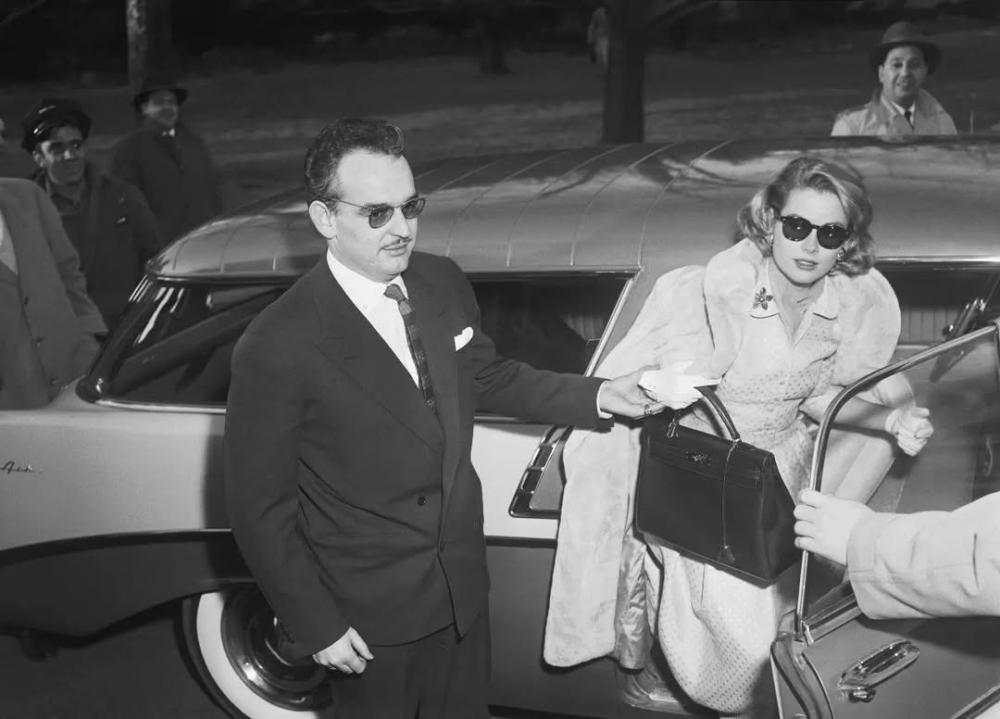
2. Jane Birkin’s Flight of Inspiration
Fast forward to the 1980s. British-French actress Jane Birkin finds herself seated next to Hermès chief Jean-Louis Dumas on a flight. She laments that she can’t find a chic bag spacious enough for her daily needs. Dumas sketches an idea on the back of an airplane sick bag — and the rest is history.
That napkin doodle became the Birkin baghttps://replicax.net/handbags/hermes/birkin.html, a symbol of craftsmanship and exclusivity. What started as a spontaneous chat evolved into a cultural object that now defines the very notion of “investment luxury.”
Even Birkin herself joked about the absurdity of its fame, once admitting she used her bag as a catch-all for diapers and wine bottles. Ironically, that raw practicality is what made it so magnetic. It humanized luxury.
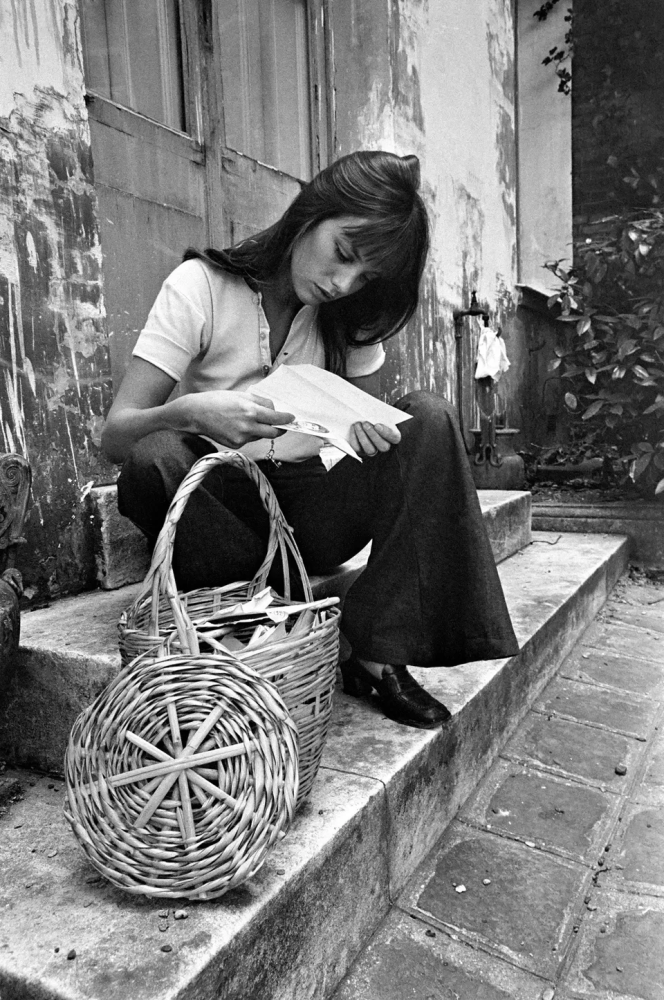
3. Victoria Beckham: The Hermès Queen
When people talk about stars with Hermès, Victoria Beckham inevitably tops the list. The former Spice Girl turned fashion mogul has one of the world’s most documented Hermès collections — estimated to exceed 100 bags, worth millions.
One standout moment came when she stepped out in London carrying a lime-green Birkin that matched her trench coat perfectly. Paparazzi shots of that outing became fashion news in themselves.

Her approach to Hermès is studied minimalism: she builds entire looks around the bag’s tone, proving that Hermès isn’t an accessory — it’s the foundation.
Beckham’s collection includes rare crocodile, ostrich, and Himalaya Birkins. Her ability to make the bags feel fresh every time cements her as a lifelong Hermès muse.
4. Kim Kardashian: Power and Prestige
Few modern celebrities have fueled the Hermès obsession like Kim Kardashian. Her appearances with exotic-skin Birkins — especially the matte black crocodile version — helped redefine what luxury looks like in the social media age.
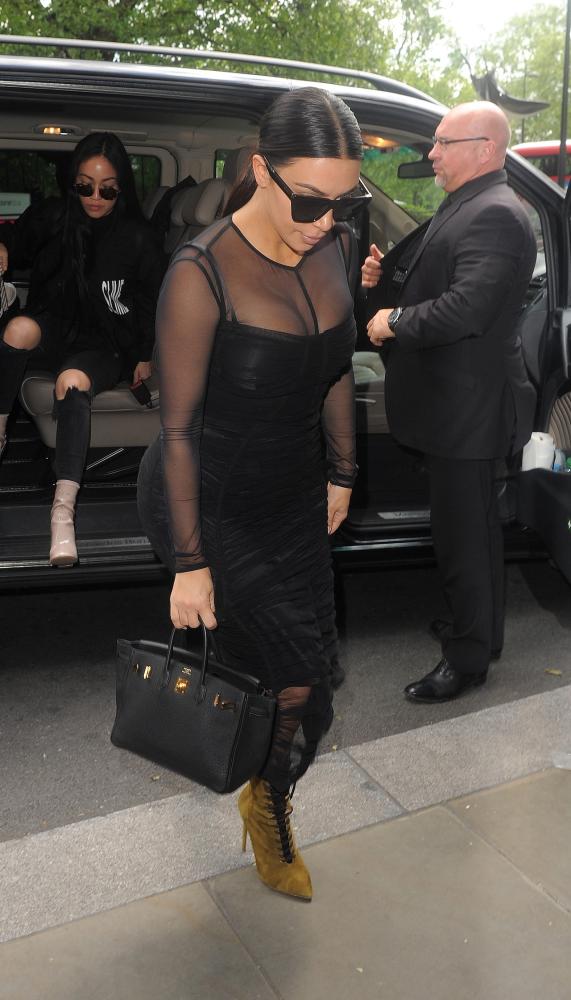
One of her most discussed moments was when Kanye West gifted her a hand-painted Birkin by artist George Condo. (See how a Birkin is made.) The artwork depicted surreal faces and caused both admiration and controversy. But the effect was undeniable: it turned Hermès into fine art.
Kim’s style philosophy blends maximalism with control — bodycon dresses, sleek hair, monochrome palettes — with the Hermès bag serving as punctuation. Her relationship with the brand mirrors her public evolution: from reality TV personality to fashion power player.
5. Jennifer Lopez: The Glamour Workhorse
J.Lo has long used Hermès to bridge everyday practicality and red-carpet opulence.
Her most famous moment came when paparazzi caught her heading to a workout session carrying a Himalaya Birkin, a bag valued at over $300,000. The internet collectively gasped: a gym bag more valuable than most homes.

But Lopez wasn’t trying to shock — she was expressing consistency. Whether on a music video set or a coffee run, her Hermès is always in rotation. She embodies the idea that real luxury isn’t just owned; it’s lived.
6. The Kardashian-Jenner Dynasty
The Kardashian-Jenner family has transformed Hermès into a generational language.

- Kris Jenner is often seen carrying a black Kelly, usually paired with tailored suits or structured coats.
- Kylie Jenner flaunts dozens of Birkins on Instagram, even giving fans a peek at her “Birkin closet.” One standout moment featured her and Kris holding matching Himalaya Kellys aboard a private jet — an image that practically broke fashion Twitter.
- Khloé opts for bold, colorful exotics, while Kendall leans minimalist, often choosing understated neutrals.
For them, Hermès is both armor and archive — a way to signify belonging to a rarefied circle where exclusivity is the point.
7. Lady Gaga’s Statement of Subversion
Lady Gaga has always redefined what fashion means, and her Hermès moments are no exception.
In 2013, she was spotted carrying a white Birkin covered with handwritten Japanese characters translating to “I love little monsters.” The fashion world split: was it desecration or performance art?
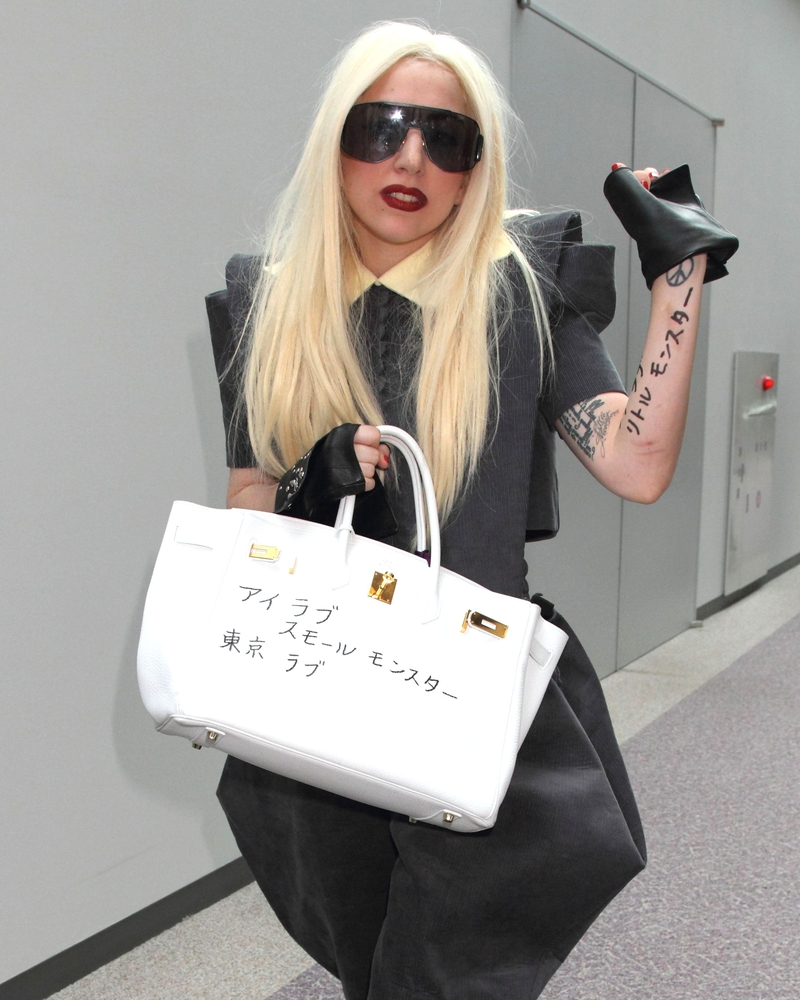
For Gaga, it was rebellion — proof that even a $15,000 bag could be a blank canvas. She turned an object of prestige into a medium for personal connection, making it one of the most talked-about Hermès sightings of all time.
8. Cardi B: Color as a Power Move
Rapper Cardi B doesn’t just collect Hermès — she weaponizes it. Her rainbow display of Birkins has become iconic, representing her journey from Bronx rapper to global superstar.
In one viral photo, she’s surrounded by dozens of Birkins in every hue imaginable — pink, neon, blue, python, crocodile. It’s joyful, defiant, and proudly excessive.
Her approach resonates with younger audiences: Hermès as self-expression, not social gatekeeping. (See more celebrity Hermès styles.)
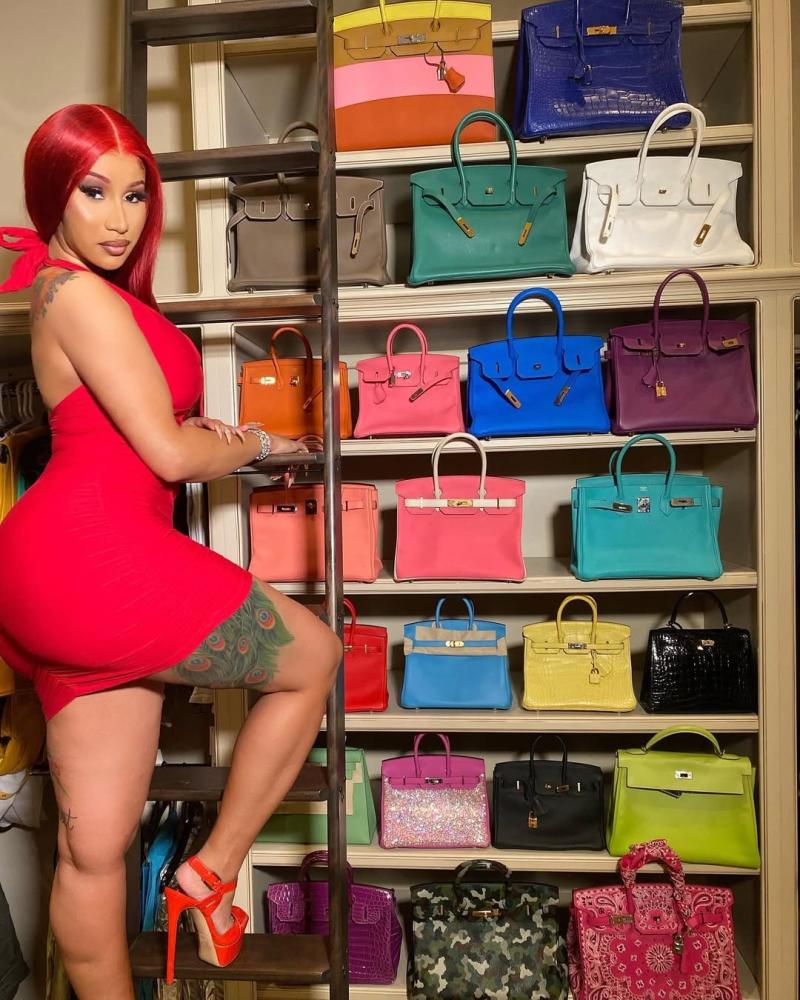
9. Beyoncé: The Quiet Collector
Unlike many of her peers, Beyoncé treats her Hermès collection with an element of mystery.

She’s rarely seen flaunting them publicly, yet fans spot them tucked into her carefully curated vacation posts or street-style moments with Jay-Z. She often favors the Kelly 28 or Birkin 35, in classic neutrals or soft pastels.
Her restraint turns Hermès into an emblem of subtle authority — less about visibility, more about command.
10. The Olsen Twins and Quiet Luxury
Long before “quiet luxury” became a hashtag, Mary-Kate and Ashley Olsen were living it.
The designers behind The Row have long been photographed with weathered Hermès Kellys — deliberately understated, often vintage. Their worn-in aesthetic contrasts sharply with the high-shine Birkins of pop culture.
For the Olsens, Hermès isn’t status; it’s sentiment. Each scuffed edge tells a story, transforming the pristine into something soulful.
11. Naomi Campbell: Supermodel Heritage
Supermodel Naomi Campbell has been carrying Hermès since the 1990s. She’s known for pairing Birkins with jeans or simple tank tops — making the look effortlessly chic.
Her signature moment came in 2002 when she was photographed running through Heathrow with a giant tan Birkin, looking like she’d stepped out of a Vogue editorial mid-flight.
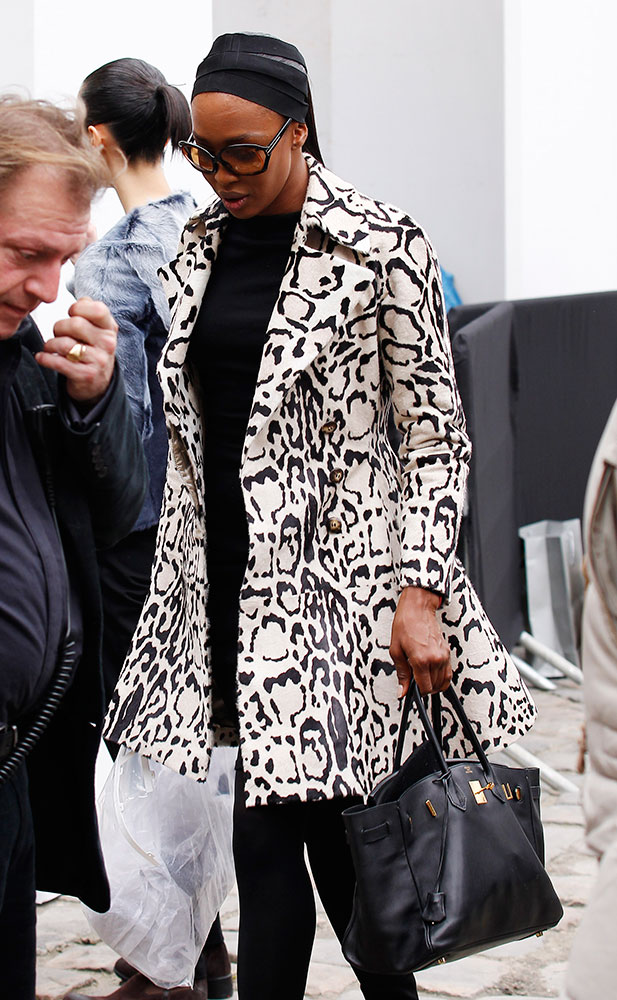
It reminded the world that luxury isn’t about stillness — it’s about motion, confidence, and lived-in glamour.
12. Hermès in Film and Pop Culture
Beyond paparazzi, Hermès bags have starred in films and TV shows, often used to signal power or aspiration.
- In Sex and the City, Samantha famously quipped, “It’s not a bag — it’s a Birkin,” when trying to skip the waitlist.
- Gossip Girl used Hermès to underscore the wealth of Manhattan’s elite teens.
- Even The Devil Wears Prada hinted at Hermès’ symbolic weight through Miranda Priestly’s accessories.
These appearances blur fiction and reality, turning Hermès into both character and status shorthand.
13. Hermès in Music: The Lyric Connection
Musicians have immortalized Hermès in lyrics, adding to its mystique.
- Drake: “Got a room full of Birkins, I can barely breathe.”
- Nicki Minaj: “Can’t spell Hermès without me.”
- Offset gifted Cardi B a rare Hermès as an apology — a gesture that became its own cultural headline.
When luxury enters the lyrical lexicon, it’s no longer just fashion — it’s folklore.
14. The Psychology of the Celebrity Hermès Moment
Why do these moments matter? Because they activate something primal in culture: desire.
When we see a celebrity carrying Hermès, we’re witnessing a projection of aspiration. It’s not about the bag itself but what it represents — access, control, and the ability to turn the ordinary into the cinematic.
Hermès maintains its prestige precisely because it refuses to meet demand. The waitlists, the private appointments, the unspoken “you have to be invited” rule — all of it fuels fascination. Celebrities amplify that mystery by becoming living proof of entry into the club.
15. Hermès Editorial Magic: Paparazzi vs. Perfection
Hermès operates beautifully in both candid and curated environments.
- Paparazzi shots show spontaneity: celebs running errands, heading to airports, living real life with a touch of fantasy.
- Editorials transform Hermès into art — sharp lighting, symmetry, perfection.
For content creators and fashion writers, the contrast between the two is storytelling gold. A side-by-side collage of candid vs. editorial captures Hermès’ full cultural range: human and divine.
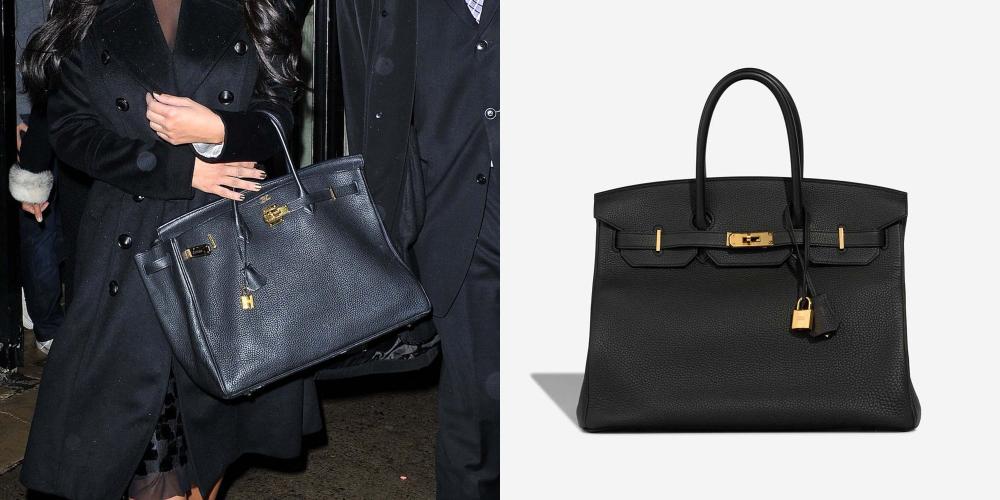
16. The Collector’s Economy: Celebrity Resale and Auctions
Celebrities don’t just carry Hermès; they influence its market value.
When auction houses like Christie’s or Sotheby’s feature celebrity-owned Hermès bags, prices often skyrocket 30–50%. A Himalaya Birkin once owned by a socialite fetched over $400,000.
Collectors see these celebrity moments as provenance — proof that the bag isn’t just luxury, it’s history.
17. The Future of Hermès Celebrity Moments
As luxury becomes increasingly digital, Hermès remains deliberately analog. There are no online Birkin drops, no influencer partnerships. Yet, the allure continues.
Expect future Hermès moments to emerge not from paid campaigns but from authentic usage: celebrities spotted at airports, creative reinterpretations, or vintage revivals.
The next Grace Kelly moment could happen on Instagram — but it’ll feel timeless, not trending.
Conclusion: How Stars Keep the Legend Alive
From Grace Kelly’s modest gesture to Cardi B’s rainbow wall, every celebrity Hermès moment adds to a living myth. These aren’t just fashion sightings; they’re cultural markers of ambition, art, and authenticity.
Hermès doesn’t need advertising because celebrities provide its narrative — a slow, steady stream of glimpses that fuel global fascination.
In the end, the most famous Hermès moments remind us of one truth: a bag can be more than an accessory. It can be a mirror of identity, a vessel of dreams, and, when in the right hands, a piece of history.
Recent Posts
